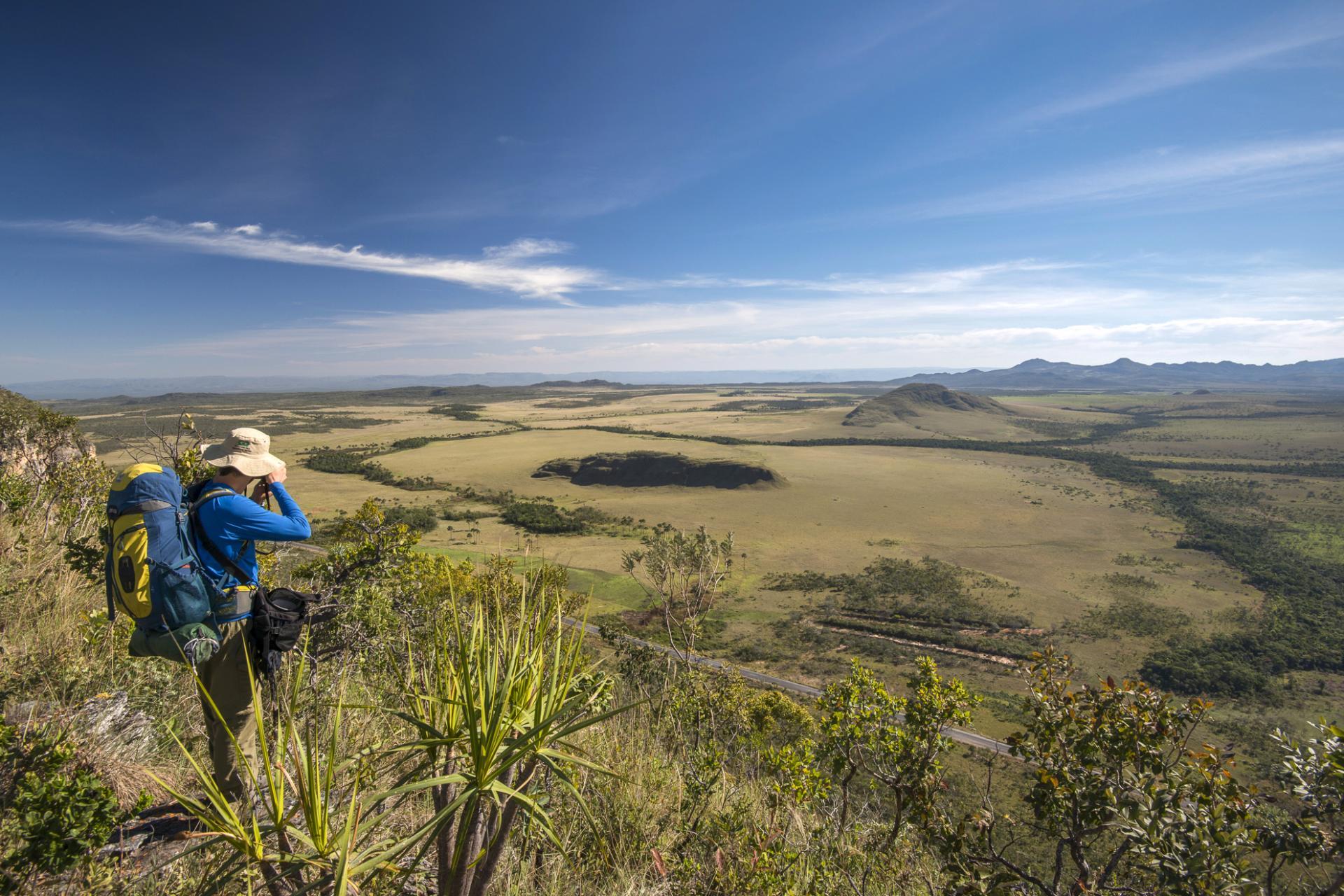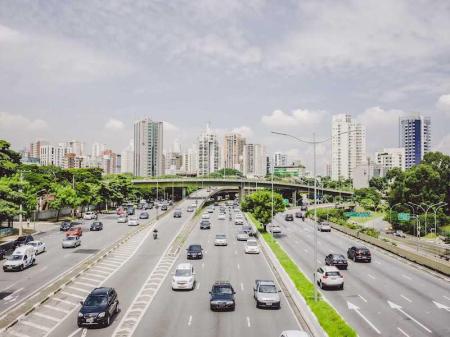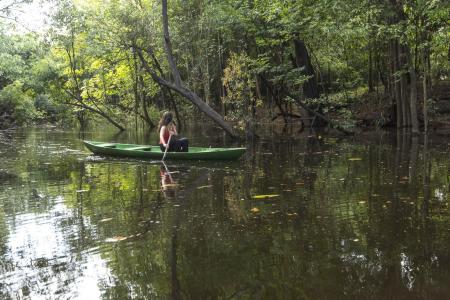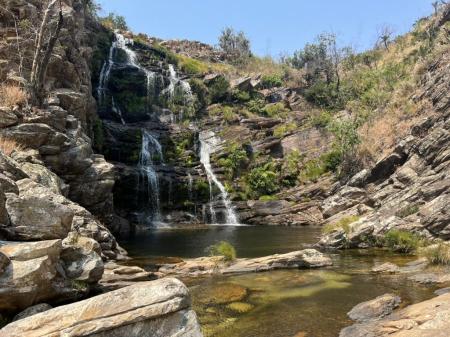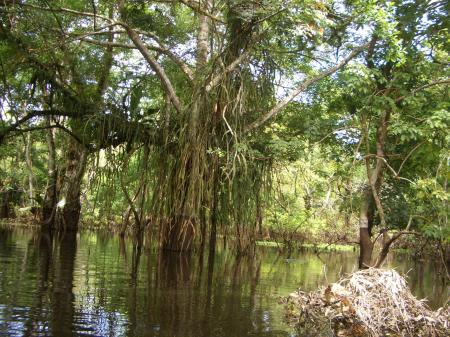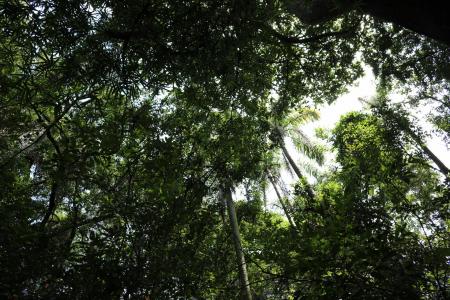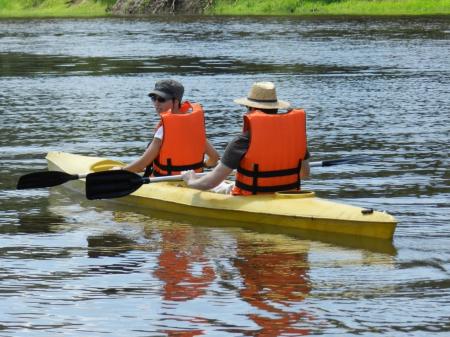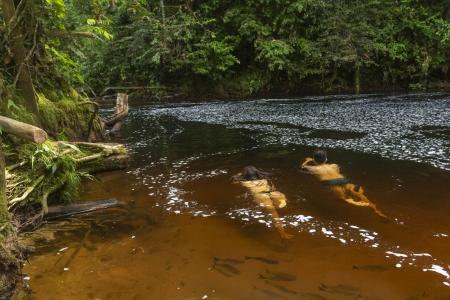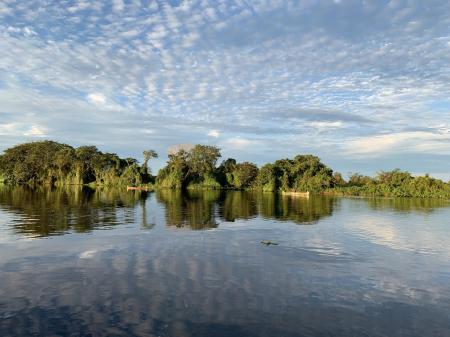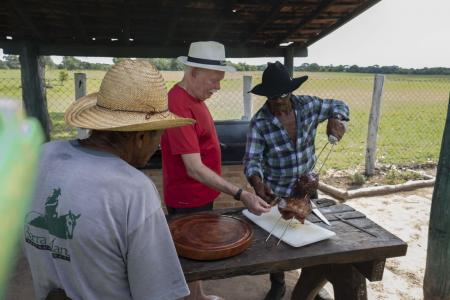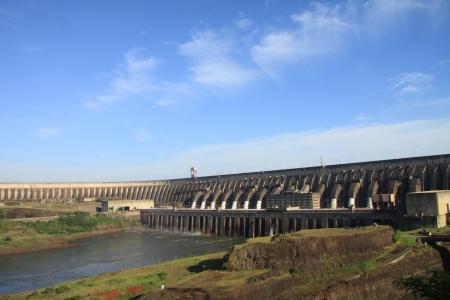Eco
Eco-tourism in Brazil
Trekking, snorkeling, immersing oneself in nature ... Eco-tourism is booming. Read here to learn about available novelties and offers.
The main objective of the BRICS countries, of which Brazil is one, is to ensure the growth of their economies. In this sense, and in line with the objectives of the United Nations, the BRICS also seek social inclusion and the fight against poverty and unemployment in their countries. Learn more here!
As one of the countries with the greatest biodiversity, Brazil has many activities to offer in harmony with nature, to name a few with trekking, diving, and wildlife watching. Brazil is made for sustainable travel experiences, which is why ecotourism is growing steadily here. Find current information here!
The area around Belo Horizonte is known for its many natural beauties and waterfalls are among the absolute highlights. Within just a few hours drive you can reach many beautiful places where you can experience nature up close. We present some of the most beautiful waterfalls you can explore when hiking in the region!
Over time, many green projects and other forms of collaboration have emerged around the theme of sustainability. But it didn't stop there, other ecological projects followed, also reaching into topics such as urban planning and tourism. We present some of these projects here, so that you can see many places with different eyes on your trip to Brazil!
There are about 800 billion trees in the tropical rainforests. For comparison, there are 100 rainforest trees for every one of the approximately 8 billion people on our planet. To learn more about the fascinating tree species you'll encounter in Brazil, be sure to continue reading our blog article!
On a typical day in the Amazon tropical rainforest, the fog quickly dissipates in the morning, and by midday it becomes hot. Later, the clouds become denser, and by late afternoon there is rain. Depending on whether it is rainy or dry season, the daily rainfall varies considerably, from no rain at all to cloudburst showers.
Jaú National Park is the fourth largest forest reserve in Brazil and the third largest park of intact tropical rainforest in the world. The area has an incredible number of plant species and is a UNESCO World Heritage Site. It is ideal for hiking, canoeing and especially for boat expeditions. The untamed wilderness of Jaú National Park will surely touch you!
Brazil is home to the greatest biodiversity in the world. To preserve this natural heritage, Brazil created the National System of Protected Areas in 2000. It protects a total area about four times the size of Montana. Thus, Brazil today has 73 national parks, which you should definitely visit on a trip to Brazil!
In addition to ample space, Brazil has many mineral resources and valuable raw materials that can be traded significantly with foreign countries as export goods. Brazil is the fifth largest country in the world and benefits primarily from its own agricultural economy, which accounts for 25 percent of the gross domestic product and one third of the jobs.
Brazil is about 24 times the size of Germany and covers almost half of the South American continent. The country is home to the largest rainforest in the world, the Amazon. Its biodiverse nature and wildlife is a highlight on any trip to Brazil and extremely relevant in the fight against climate change.


